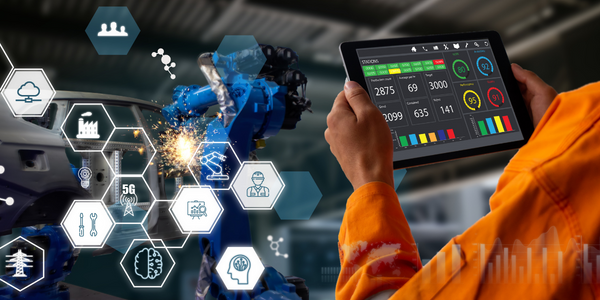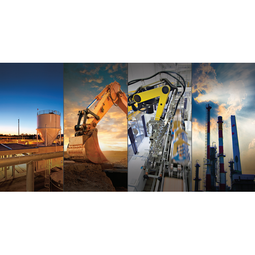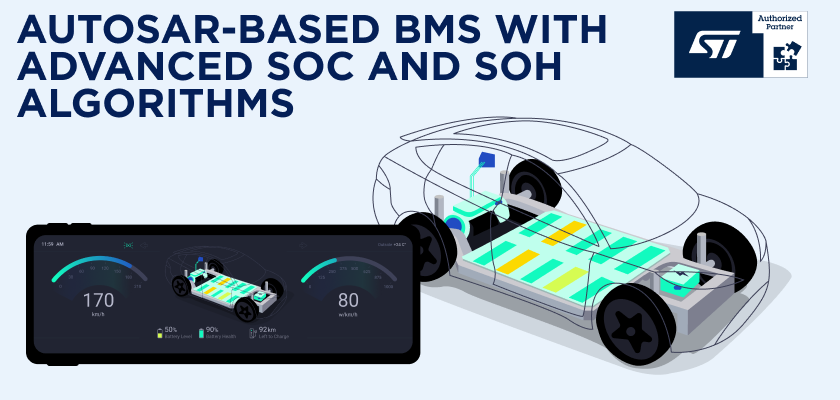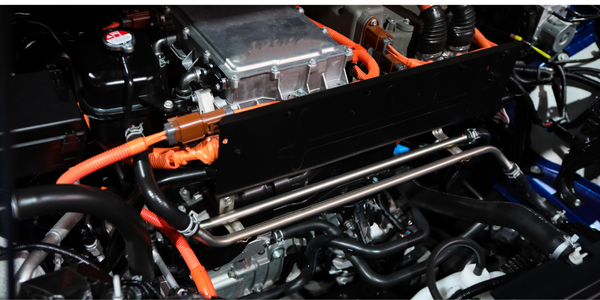Download PDF
Flow Battery Technology Changes Energy Distribution

Applicable Industries
- Battery
Services
- Hardware Design & Engineering Services
The Challenge
The size of the cell stacks and the costly materials needed for construction of traditional flow batteries have kept the technology from becoming commercially viable. The solution is needed to make the stacks smaller and less expensive without losing any of the power.
The Customer
undisclosed
About The Customer
Some battery companies.
The Solution
UTRC has developed an electrical energy storage system that outperforms current offerings in terms of capabilities and costs. UTRC’s flow battery energy storage technology eliminates the challenges of existing electrical-energy storage options, which are geographically limited, not scalable or are cost prohibitive. Software Components - UTRC flow battery technology
Data Collected
Battery Charge Level, Battery Voltage, Energy Production, Production Efficiency, Solar Power
Operational Impact
Quantitative Benefit
Related Case Studies.

Case Study
Battery manufacturer Industrial Digital Twin
For optimum control of product quality, Banner relies on a high production depth. Its 560 production employees produce nearly all the components in¬-house that they need to make finished batteries on Banner’s six assembly lines. This includes the plastic parts for the battery cases as well as the paste-filled lead oxide grids. Their production involves two to five¬ days rest in maturing chambers to create optimum current absorption and storage capacity. Banner’s ongoing success was accompanied by a continuous, organic growth of the production facilities, adding or extending hall after hall until the complex filled the site that had seemed ever so spacious when the company moved here from a smaller place in 1959. These developments led to a heterogeneous production environment. “This confronts us with significant challenges, particularly concerning intra¬logistics issues, such as scheduling for the maturing chambers,” says Franz Dorninger, technical director at Banner. “We contemplated various ways to overcome this problem, including relocating to new premises.”

Case Study
Delivers Seamless Scalability to IOTATOI
IOTATOI is a division of Power Agent Systems that has developed an edge server called the Universal Monitoring System (UMS). IOTATOI is using UMS as an edge tier data collector to monitor backup battery arrays in manufacturing, mines, and chemical plants. This experience with battery backups led IOTATOI to expand the system to any condition that can be monitored by sensors such as vibration, heat, temperature, and flow. IOTATOI found they needed to move from their original middleware to something that would allow greater scalability and to also present information in a much broader way allowing them to dynamically look at the information and perform benchmarking analysis, feeding the data into analytics engines and creating a much more actionable view.

Case Study
GM Global Battery Systems Lab
Testing expensive battery prototypes is an around-the-clock job for the engineers at GM’s Global Battery Systems Lab. Excessive heat or high voltage can make batteries unstable or vulnerable to damage. Confirming the reason for the alarm and eliminating fault alerts sometimes requires onsite investigation, often at non-business hours.

Case Study
AUTOSAR-based Battery Management System
We aimed to build an advanced BMS with improved accuracy of SoC and SoH algorithms for hybrid electric and electric vehicles. Our demo was built using automotive grade components and designed to conform to ASIL-D certification. The scope of work covered such safety features as Over/Under Voltage, Over/Under Temperature Protection, Short Circuit Detection, Cell Balancing, CAN Communication, and Faults Handling. Read the full case

Case Study
LoRaWAN - Helping citizens and organizations to reduce environmental impact
More and more, our world is becoming aware about the environmental print that comes with population growth, limitation of resources, climate change and the need for sustainability. The biggest challange here was to raise awareness among citizens and organizations about their environmental impact, and to help themto reduce it in a sustainable way with the help of Real time data.






